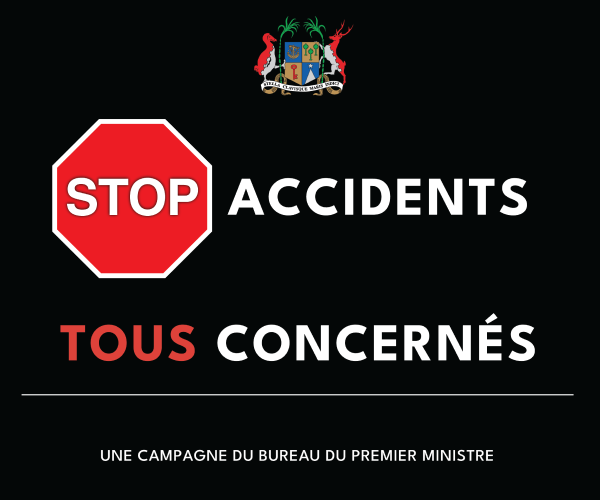The Bank of Mauritius will hold this Wednesday, August 4, its 59th meeting of its monetary policy committee. At its last meeting, which took place on February 4 this year, this committee had maintained the status quo on the key rate of the Central Bank, at 1.85%.
The central bank’s policy rate, also known as the “Repo rate”, is one of the policy levers of the Bank of Mauritius to maintain price stability and sustained growth of economic activity in Mauritius. The rate of inflation has remained almost stable during this year. Indeed, the price index increased by 2.9 points or 2.7% between March and June this year. It is estimated at 111.4 points in June 2021, compared with 108.5 points in March and 107 points in January. The Bank of Mauritius estimated an average headline inflation rate of 2.2 percent in June, compared with 2.2 percent in March and 2.5 percent in January. The government’s recent decision to provide a Rs500 million subsidy to stabilize retail prices of cheese, dry grains and other necessities will prevent an inflationary surge caused by the depreciation of the rupee and rising freight costs.
the second lock-in between March and May 2021 has dealt a heavy blow to the growth rate, which Statistics Mauritius estimates at a negative 14.9 per cent for the fiscal year 2020 to 2021. Finance Minister Dr. Renganaden Padayachy said during the budget debates that “we experienced an unprecedented contraction of 14.9% of our GDP last year, and are still facing the crisis. He said he was counting on “an effective fiscal policy and an accommodating monetary policy” to get out of this crisis.
All indications are that the central bank will try to give the economy a boost by maintaining the status quo, or better yet, by reducing the policy rate. The repo rate is the rent for money. It is this key interest rate that determines the cost of borrowing for businesses and investors. It therefore stimulates employment and investment, and thus growth. Operators in the tourism and export sectors are confident that the vaccination campaign and the opening of the borders will have a beneficial effect on their activities. A reduction in the policy rate would be a real boost for them. However, given the current level of the policy rate, which is already quite low, the central bank’s room for maneuver to boost economic activity by lowering interest rates remains relatively small. The central bank will give more details on its monetary policy this Wednesday.






